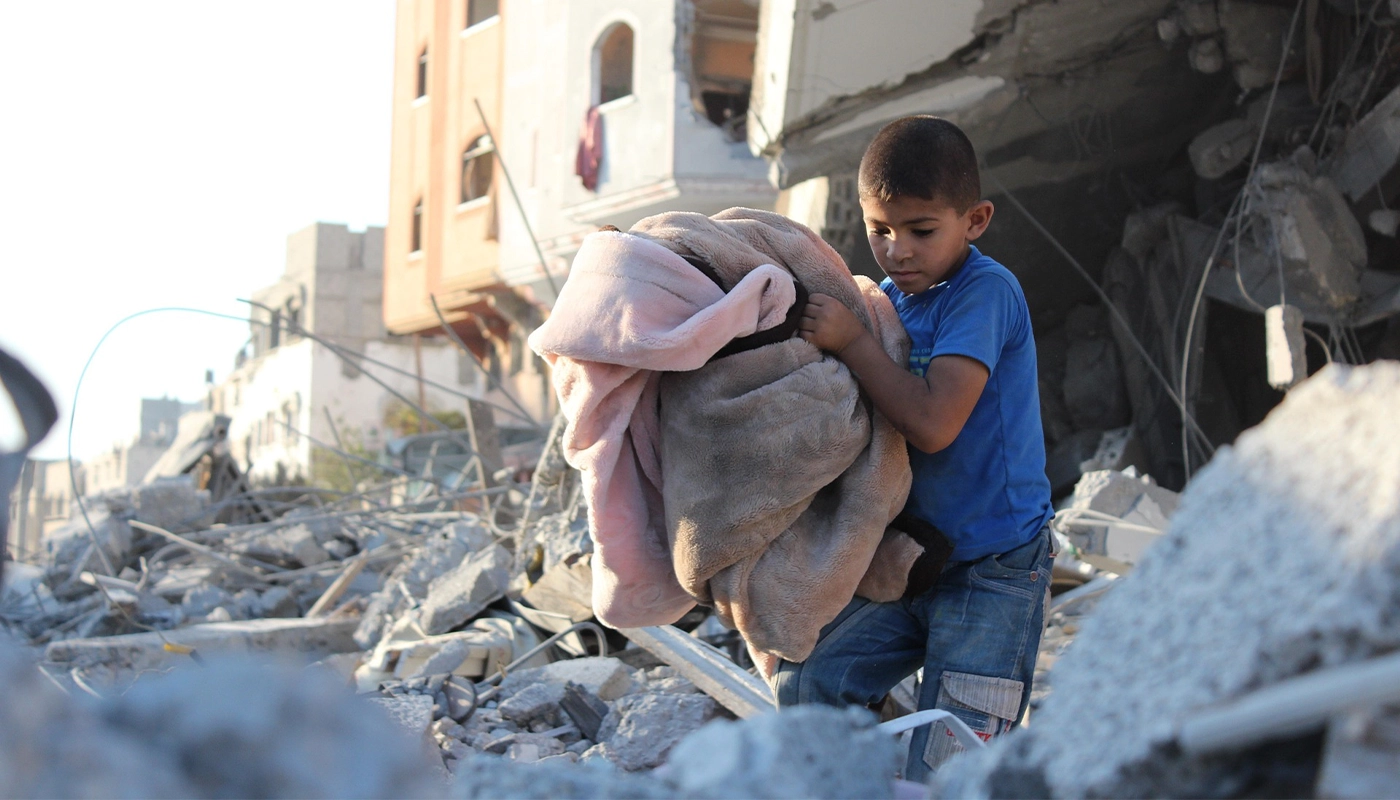GAZA – Following a recent ceasefire between Israel and Hamas, thousands of Palestinians have ventured back into parts of Gaza City to appraise the damage and attempt to resettle.
However, in neighbourhoods such as Jabalia, Sheikh Radwan, Abu Iskandar, and Tuffah, many returnees confront a chilling reality: among the ruins lie Israeli explosive “robots” that failed to detonate.
Residents say they do not know where all these devices may lie, or how to respond safely should they discover one. That uncertainty has added a grave dimension to attempts at rebuilding.
Weapons once silent, now feared
The deployment of remote-controlled explosive vehicles began in May 2024 during Israeli operations in the Jabalia refugee camp, and their use expanded in the months that followed.
Reports from Euro-Med Human Rights Monitor documented a surge ahead of the October 2025 ceasefire, noting that up to 300 residential units per day were being destroyed in Gaza City and Jabalia by such devices.
These machines are typically improvised from armoured carriers, some sources point to former M113 models, modified to carry large explosive payloads. They are placed, often dragged by bulldozers, into target zones then detonated remotely after military personnel have withdrawn.
Officials in Gaza report that the destructive radius of such explosions can extend up to 500 metres, leaving neighbouring structures in ruins. The infrastructure losses have been described as “staggering” by civil defence figures.
Personal testimonies: horror in a second
Twenty-two-year-old Sharif Shadi, from the Jabalia camp, recalls hearing a sound he had never learnt to recognise: the rumble of the device approaching, then a blast that obliterated entire blocks. “Those who were closer, nothing remained of them, not even remains or body parts,” he said.
On one fateful day, Shadi was fetching provisions when he witnessed a device dragged into his neighbourhood by an Israeli D10 bulldozer.
He ran, but still found himself covered by debris after the explosion. Days later, he lost a close friend. “When I went back … I found no trace of him. His body was completely vapourised.”
Those who survived recount that the blast sounds differ starkly from those of bombs or missiles: heavier, metallic, and tremulous, as if the earth itself buckled beneath them.
Toxic residues and health risks
The impact does not end with the blast. Dr Mohammed Abu Afash, director at the Palestinian Medical Relief Society, warns that the robots leave a toxic atmosphere in their wake.
Vapours and gases permeate the area, causing respiratory distress, suffocation, and lingering breathing difficulties among survivors. He suggests the chemicals may contain lead and other hazardous substances.
One resident, Um Ahmed al-Dreimli, described a stench of “gunpowder and burnt metal” that clung to lungs long after the explosion, making inhalation painfully difficult.
Tactical rationale and operational zones
From the perspective of Gaza’s civil defence teams, these robots serve as a prelude to ground advances. Mohammed Abu Tamous, from the Civil Defence and Ambulance media department, said the devices are used to flatten buildings and erase landmarks ahead of troop movements.
In crowded, encircled urban districts, their deployment may also prevent rescue or medical teams from accessing affected sites.
He lists areas across northern Gaza where they have been used: Jabalia camp, Beit Hanoun, Beit Lahiya, Shujayea, Zeitoun, Sabra, Sheikh Radwan, Abu Iskandar, and Tuffah.
He contrasts conventional airstrikes, often damaging a few adjacent houses, with the impact of a single robot, which can destroy entire rows of ten or more homes.
During a previous truce in January, civil defence teams recovered an unexploded robot in Tal al-Zaatar, noting a yellow, paste-like substance in a container, unfamiliar compared to typical explosives they had encountered.
Now, as families cautiously return, the presence of unexploded devices remains a major threat. Civil defence teams often resort only to cordoning off danger zones or issuing warnings. Mr Tamous says there is little they can do without specialised bomb disposal equipment brought into Gaza.
Legal implications and international response
Advocacy groups argue that the indiscriminate nature of these weapons and their use in populated areas may amount to war crimes or crimes against humanity under international law. Euro-Med has categorised them accordingly.
Amnesty International has also warned of the broader campaign of forced displacement and destruction in Gaza City, citing use of explosive remote-controlled vehicles as part of a strategy to depopulate the city by Israel.
The Israeli government has not publicly acknowledged deploying such devices, and has not responded to repeated requests for comment in media reports.
As residents return to destroyed neighbourhoods in Gaza City, the spectre of these unexploded devices lingers as a silent but lethal legacy of the massacre.
Many homes once again open before their inhabitants, yet the danger of these hidden explosives remains grave and unresolved.
Sources: Al Jazeera, Euro-Med Human Rights Monitor, Amnesty International







